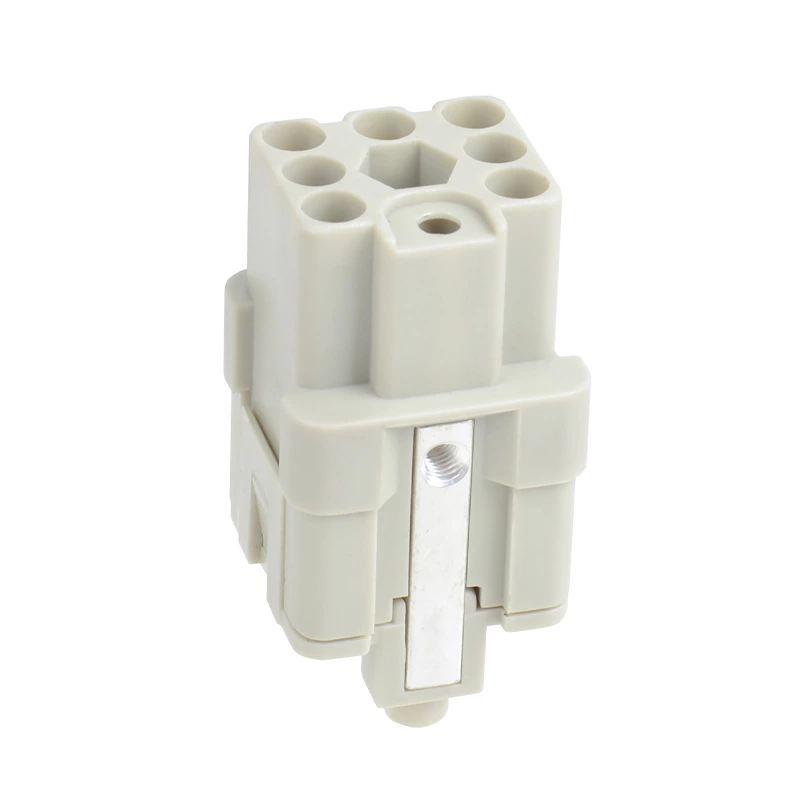Line Hardware Introduces To You What Is A Substation? What Are Its Components? What Are Its Functions?
Connector Insert introduces to you what is a substation? What parts does it consist of? What is its role?
Answer: In the power system, the power plant converts primary energy into electrical energy and transmits electricity to distant power customers. In order to reduce the power loss and line impedance voltage drop on the transmission line, the voltage needs to be increased: In order to meet the power needs of power customers, the voltage must be reduced and distributed to each customer, which requires a substation that can increase and decrease the voltage and distribute power. Therefore, the substation is a device in the power system that converts voltage, receives and distributes electrical energy. It is the intermediate link between the power plant and the power customer. At the same time, the substation connects the power grids of various voltage levels. The role of the substation is to convert voltage, transmit and distribute electrical energy.
The substation consists of power transformers, distribution devices, secondary systems and necessary auxiliary equipment.
The transformer is the central equipment of the substation. It uses the principle of electromagnetic induction to convert the voltage and current of each voltage level into another voltage and current of the same frequency for the transmission of electric power.
The distribution device is a device that connects all the switchgear, current-carrying conductors and auxiliary equipment in the substation. Its function is to receive and distribute electrical energy. The power distribution device is mainly composed of busbars, high-voltage circuit breakers, disconnectors, reactors, arc suppression coils, mutual inductors, power capacitors, lightning arresters, high-voltage fuses, secondary equipment and other necessary auxiliary equipment.
Secondary equipment refers to equipment that measures, controls, monitors and protects the status of the primary system. The circuit formed by these devices is called a secondary circuit, collectively referred to as a secondary system.
The equipment of the secondary system includes metering devices, control devices, signal devices, relay protection devices, automatic control devices, DC systems, cables and necessary ancillary equipment

